In this tutorial, we had discussed the Modern history of Bengal and its related popular movements.
The medieval historical past of Bengal was dominated by the Pala and the Sena dynasty together with different Muslim dynasties. Development in the late medieval historical past was not only significant for Bengal, however, it eventually influenced the historical past of India.
After the Battle of Buxar on 23 October 1764, Clive’s forces were victorious, resulting in the capture of Bihar and Bengal. Later, Robert Clive defeated the Mughal forces at Buxar (Baksar, west of Patna in Bihar) led by Mughal emperor Shah Alam II and as a result, he conferred administrative rights over Bengal, Bihar and Orissa on the English Company. Clive (1758-60 and 1765-67) was considered as the true founder of British power in India and he became the first British Governor of Bengal.
After the Revolt of 1857, Bengal was under the direct control of the British crown which continued until 1947. After the independence, the Food Movement, the split of the Communist Party of India, Naxalbari Movement have been the principal incidents that occurred in West Bengal.
(01). BRITISH RULE IN BENGAL
After the Battle of Buxar, the Mughal Emperor Shah Alam II granted the Diwani rights of Bengal, Bihar, and Orissa to the East India Company on 12 August 1765. In this way, Robert Clive gained legal recognition of the standing of the English in Bengal. In less than two years, Clive had reformed the inner administration of the Company’s affairs and positioned its relation to the Government of Bengal on a definite legal basis.
➢ DUAL SYSTEM OF ADMINISTRATION OF BENGAL
During Mughal rule, the Nawab of Bengal had two supremacy in their hand: (i) Nazamat (military control and criminal justice) and (ii) Diwani (revenue collection and civil justice). The Company was able to claim the Nazamat of Bengal from the Nawab during February 1765, and later Mughal Emperor Shah Alam II ceded the Diwani also to the Company by signing ‘Treaty of Allahabad‘ during August 1765. By this treaty, Shah Alam II, granted Diwani rights of Bengal, Bihar and Orissa to the Company. As a result, the British Company had to collect revenues from these provinces and paid to the Nawab a fixed sum of rupees 53 lakh a year. The British Company also granted the Emperor an annual pension of rupees 26 lakh. Thus, under Governor Robert Clive the Company received both Diwani and Nizamat rights over Bengal, Bihar, and Orissa.
Robert Clive established a ‘Dual system of Administration‘ in Bengal. By this system, the Nawab looked after the administration of law and order, whereas the company kept in its own hand the charge of collecting revenue. Though the responsibility of taking care of the people lay with the Nawab, the actual power lay with the Company.
The Dual system was completely abolished when Warren Hastings was appointed governor of Bengal in 1772 and Bengal was brought under the direct control of the British henceforth.
➢ BENGAL PRESIDENCY
The colonial area of the British empire in East India was often called the Bengal Presidency. It consisted of current East Bengal (now Bangladesh), West Bengal, Assam, Bihar, Meghalaya, Odisha, and Tripura.
This presidency was established with the treaty in 1765 (also called Diwani of Bengal) between English East India Company and Mughal Emperor Shah Alam II and Nawab of Awadh.
Lord Warren Hastings (1772-1785) reached India in 1772 as Governor of Bengal and became the first Governor-General of India in 1774. He integrated the presidency thereby establishing British Imperial rule over Eastern India.
• Found Asiatic Society of Bengal.
• Had taken rights of the auction to collect land revenue to its highest bid.
• Started Diwani and Fauzdari Adalats in district level and Nizam Adalats in Kolkata.
• In 1773, the British Parliament passed the Regulating Act which giving a legalized working constitution to the company’s management in India. Aa a result, a position of Governor-General is created headed over Council of Ministers. Revenue, judicial and trade reforms successfully he brought to the system.
Lord Cornwallis (1786-1793) succeeded Sir John Macpherson in 1787 as Governor-General of India for nearly 8 years,
• Created the Civil Services in India.
• He introduced a new revenue system under the Permanent Settlement of Bengal (also called Zamindary System), in 1793, with a view to stabilizing land revenue. The zamindar
(or landlord) was made the owner of the land and he could sell, pledge or divide the land between his family members. In return, he was to give a fixed amount of revenue to the government (East India Company) every year, and in case of inability to pay the revenue, the government could revoke (or withdraw) the right of the zamindar and entrust the same to some other person.
This Permanent Settlement was unsuccessful and it was not launched in the North-Western provinces. These regions were nominally a part of the Bengal Presidency but they had a separated administration.
• First person to codify laws. Codifying laws in 1793 so as to separate the administration for revenue and justice.
• Abolition of all the superfluous posts.
• Creating the post of District judge.
• Establishment of lower grade court.
• Established Police Reforms: Divided each district into 400 sq. miles area and placed there a police superintendent assisted by constables.
(02). REVOLTS AND REBELLIONS IN WEST BENGAL
➢ NARKELBERIA UPRISING
Mir Nithar Ali (1782-1831) or Titu Mir impressed the Muslim tenants in West Bengal to rise in opposition to landlords, primarily Hindu, who imposed a beard-tax on the Faraizis, and British indigo planters. Often considered the first armed peasant rebellion in opposition to the British, this revolt quickly took on a religious hue. Later, the revolt merged into the Wahabi movement.
➢ CHAKMA REVOLT
Chakma is the largest ethnic tribe of Bengal (now located in Bangladesh). In 1733, the Chakma Chief Shermast Khan had received a zamindari sanad for Chakla Rangunia, a hilly tract. The colonial government tried in the 1770s and 1780s to convey the Chakmas under the direct control of the colonial government.
They were requested to pay revenue in cash rather than in cotton. The rent-rate in the Rangunia zamindari was intensified. When the Chakma Raja Juan Buksh refused to pay the enhanced lease (rent), the Rangunia estate was farmed out to a banian from Kolkata. These measures had alienated the hill individuals a lot thus in 1776 they revolted against the British control and asserted their independence under the leadership of Ranu Khan, the diwan of the Raja.
Ranu Khan adopted guerrilla techniques to oust the company from the Hill Tracts. Hit-and-run was their war technique. Ranu Khan was the supreme military leader. Under him were a number of commanders under whose were the soldiers called palwans who were principally recruited from the Kukis. The official records indicated that Juan Baksh and Ranu Khan had made independent the entire of the Hill Tracts from British rule.
➢ CHUAR REBELLION
Chuar Rebellion was a massive rebellion that occurred in 1798-99 against famine, enhanced land revenue demands and economic distress in the Jungle Mahal of North-West Midnapore district and also of the South-West Bankura district (in Bengal). They were tribal people and lived an agrarian lifestyle and hunting. The Chuar uprising continued from 1766 to 1772 and then, again started between 1795 and 1816. The Chuars were raised in Manbhum and Barabhum, particularly in the hills between Barabhum and Ghatsila.
The British East India Company and a few Zamindars of Midnapore have been engaged in curbing the rebellion ruthlessly.
In the year 1798, almost 1500 rebels led by Durjan (or Durjol) Singh, established their rule in villages of Raipur Pargana. Durjan Singh was the zamindar of Raipur from which he was dismissed owing to the operations of Bengal Regulations. They attacked the East India Company’s headquarters, after a brutal battle with the English armies, they were defeated. However, on the other end, the Chuar rebels were victorious and destroyed the army barracks of the British East India Company in Shalbani. Other prominent leaders of the Chuars were Madhab Singh (the brother of the raja of Barabhum), Raja Mohan Singh (the zamindar of Juriah) and Lachman Singh of Dulma.
Finally, with the help of fierce constraint and the usual policy of divide and rule, the British were able to crush the Chuar Rebellion. Some historians considered the Chuar Rebellion as the ‘Revolt of the Jungle Mahal‘.
➢ SANTHAL REBELLION
The Santhal Rebellion or Santhal Revolt of 1855-56 was held against the zamindars being a part of the permanent settlement of Lord Cornwallis.
Prior to the British arrival in India, Santhals lived in the hilly districts of Birbhum, Barabhum, Chhotanagpur, Manbhum, and Palamau. They lived an agrarian lifestyle. But in the British period, the landlords and moneylenders allured them with goods and loans and gradually they became bonded labour to them.
The Santhals resented the oppression by revenue officials, police, moneylenders, landlords basically by the outsiders (whom they referred to as Diku). The rebellion turned into an anti-British movement. Thousands of Santhals under Sidhu and Kanhu Murmu rose up in opposition to their oppressors, declared the end of the Company’s rule, and declared the area between Bhagalpur and Rajmahal as autonomous. A forest regulation was passed in 1878 which imposed restrictions upon Adivasis including Santhal. The act divided the forest lands of India into 03 categories – reserved, protected and unclassified. As per the act, the forest became the state property and it imposed to change the traditional rights of Adivasis on the forest. This rebellion spread in Bengal and it was suppressed by 1856.
➢ INDIGO REVOLT
The Indigo Revolt of 1859–1860 was probably one of the most militant and the widespread of the peasant movements. Indigo farmers revolted against the Indigo planters in 1859 because they didn’t get sufficient revenue growing Indigo. Indigo plantation was largely cultivated in Bankura, Burdwan, Birbhum, North 24 Parganas, and Jessore (presently located in Bangladesh).
Peasant disturbances and indigo strikes unfold quickly to other areas and, by 1860, encompassed all indigo-growing districts of Bengal. Ultimately, the Indigo planters had surrendered the indigo business and they gradually began to close their factories. By the end of 1860, the cultivation of indigo was practically washed out from Bengal.
The major reason behind the success of the Indigo Revolt was the tremendous initiative, strong cooperation, well organization and discipline of the peasants, in addition to the complete unity of Hindu and Muslim peasants. Even the leadership also played a significant role as it was provided by the well-off peasants, money lenders, zamindars, and ex-employees of the planters. Also outstanding in this respect was the role of Harish Chandra Mukherjee (editor of the newspaper, ‘The Hindu Patriot’), Dina Bandhu Mitra (writer of the play, ‘Neel Darpan‘) and Michael Madhusudan Dutta who translated Neel Darpan into English.
➢ REVOLT OF 1857
The revolt of 1857 was a result of a combination of political, economic, socio-religious and military causes.
According to British historians, The Revolt of 1857 is known as ‘Sepoy Revolt‘ and according to the Indian historians ‘First War of Independence‘. It was a significant however unsuccessful rebellion in India. The earliest ignition of the revolt was seen in Dum Dum which was the headquarters of Bengal Artillery. In place of the headquarters at Duns Dum, the School of Musketry was to be established for offering training for usage of Enfield Rifle. Rumours began from this place and reached Barrackpore Cantonment. British introduced new Enfield greased rifles whose cartridges have a greased cover made of beef and pork sparked off the revolt. It offended both Hindu and Muslim soldiers.
Mangal Pandey was an Indian sepoy of 34 Native Infantry who killed two British officers-Hugeson and Baugh-on parade at Barrackpore (near Calcutta) on March 29, 1857.
The causes of the revolt of 1857, emerged from all aspects—socio-cultural, economic and political—involved all sections and classes.
• It was not just the “Sepoy Mutiny” or “Sepoy Revolt” because it considerably became a popular revolt against the British imperialism. The revolt was not just confined to the sepoys or soldiers but was much broader in the base. For example, the civilian population, aristocracy, peasants, religious leaders etc involved in the revolt.
• The revolt was not considered as the first war of independence due to the following reasons:
01. The Pan Indian consciousness generated in India from the early 20th century, but prior to that India was merely considered as a geographical area. It was not only the “first” revolt because there were a series of civil, tribal and military revolts took place before 1857.
02. The powerful leaders of revolt like Rani Luxmi Bai, Nana Sahib, Tantya Tope, Begam Hazrat Mahal etc had personal grievances against the British Raj, rather than independence of India.
03. At the initial stage of the revolt, many leaders like Rani Luxmibai, Nana Sahib, and Bahadur Shah Zafar were reluctant to join the revolt.
04. Overall, the aim of the leaders was to restore their kingdoms which were annexed British but never the independence of India.
However, the Revolt of 1857 became a symbol of challenge to the mighty British Empire in India and remained a shining star for the rise and growth of the Indian national movement.
(i). A new Act was passed in 1858 by which the power of East India Company was shifted to the British crown. A secretary of State for India was appointed. The title of viceroy was given to Governor-General. The British army was reorganized in India.
(ii). Hindus and Muslims became united against the British government.
(iii). Policies were made to protect zamindars and landlords.
(iv). Religious and social practices of India were decided to be respected by the British.
(v). They gave assurance to the rulers of different provinces that their provinces won’t be annexed further. But British crown would be their original sovereign
The following were the causes of failure:
1. British Raj was better equipped with the technology and equipment as compared to the revolutionaries. It had some brilliant officers which played a key role in suppressing the revolt.
2. The revolt didn’t spread to the entire country. The southern part of India remained quiet whereas Punjab and Bengal were only marginally affected.
3. Disunity of Indians and poor planning.
4. There was no vision for the post revolt and the leaders didn’t have the forward-looking program.
5. Lack of unity among the Indian communities, so Scindias, Holkars, Nizam and others actively supported the British.
6. Lack of coordination between different classes such as sepoys, peasants, zamindars and others.
Even though the revolt of 1857 ended in failure yet it had quivered the British rule during its early establishment in India. It was created a direct threat to British rule in India.
The important output of this revolt was Hindu–Muslim unity. All rebels, irrespective of their religion, considered Bahadur Shah as their emperor.
On the other hand, the revolt of 1857 brought about fundamental changes in the character of British administration. Some of these were:
(i) The Queen’s Proclamation
(ii) Pursuing the policy of divide and rule
(iii) Reorganisation of the British army
(iv) The Act for the better government of India 1858 was passed etc.
➢ BENGAL PARTITION MOVEMENT
The partition of the massive province of Bengal was decided upon by Lord Curzon and was carried into execution on 16th October 1905. The British government’s decision to partition Bengal into 02 provinces: Western Bengal with provinces of Bihar and Orissa and Eastern Bengal which later became East Pakistan, present-day Bangladesh. The government defined that the partition was for spurring the growth of the underdeveloped eastern region of Bengal. This decision proved extremely controversial, as it resulted in a largely Hindu majority West Bengal and a largely Muslim majority East Bengal. Western Bengal retained Calcutta as its capital, while Dacca became the capital of Eastern Bengal.
The Secretary of State for India, Sir John Brodrich, authorised it in June, and the announcement of the formation of the new province was issued in September, and finally applicable on 16 October 1905.
⇒ Reasons for the Partition of Bengal
The partition of Bengal sought to destroy the political influence and power of the educated middle class amongst whom the Bengali intelligentsia was the most prominent and distinguished. It additionally created a communal gulf between the Hindus and the Muslims. The Indian National Congress consistently denounced the partition of Bengal. Actually, the principal goal was to ‘divide and rule’ the most advanced region of the nation at that time.
⇒ Reaction of the People
This division is adopted by mass agitations. As a result, widespread agitation succeeded on the streets and in the press, and the Congress supported boycotting British products under the banner of ‘Swadeshi’. The individuals believed that the division of Bengal was the policy of ‘divide and rule’ of the British. People have been furious that the centre of interest and prosperity of Bengal that was Calcutta (now Kolkata) would be divided into two governments.
The first partition occurred in AD 1905 and the second in AD 1947. The partition of Bengal in 1947, a part of the partition of India, was a religion based partition that divided the British Indian Province of Bengal between India and Pakistan.
The predominantly Hindu West Bengal became a province of India whereas the predominantly Muslim East Bengal became a province of Pakistan. Later, East Bengal became an independent nation, Bangladesh after the 1971 Bangladesh Liberation War. The land that links West Bengal in India and Bangladesh is named ‘Teen Bigha Corridor‘.
➢ CHITTAGONG UPRISING
The Chittagong Uprising is the armoury raids led by Surya Sen in Chittagong, Bangladesh on April 1930 where involved 65 revolutionaries under the banner of Indian Republican Army—Chittagong Branch. Surya Sen had participated in the Non-Cooperation Movement and had become a teacher in the national school in Chittagong, where he famous as “Master Da”. He was imprisoned from 1926 to 1928 for his revolutionary activities and afterwards, he continued working in the Congress.
The first raid was carried on 18th April 1930 and the goal was to seize two main British armouries in Chittagong and disrupt the railway link of Chittagong with the rest of Bengal and destroy the communication lines (such as telephone and telegraph lines). Surya Sen, Anant Singh, Ganesh Ghosh, Lokenath Baul, Pritilata Waddedar, Kalpana Dutt, Bina Das, Santi Ghosh and Suniti Chandheri were important leaders of this uprising.
Surya Sen was arrested by British in February 1933 and hanged in January 1934.
➢ NANDIGRAM VIOLENCE
In the year 2006, the Nandigram Violence was an incident in Nandigram (Purba Midnapore), where more than about 4000 heavily armed police rushed the area on the orders of the Left Front Government due to stamping out protests against the West Bengal Government’s plans to expropriate 10,000 acres (40 sq km) of land for a Special Economic Zone (SEZ) to be developed by the Indonesian-based Salim Group. The police shot dead a minimum of 14 villagers and wounded 70 more.
The SEZ controversy took a pick when the Government of West Bengal determined that the Salim Group of Indonesia would arrange a chemical hub under the SEZ policy at Nandigram, a rural area in the district of Purba Midnapore.
The villagers had taken control of the administration in this area and all of the roads to the villages were cut off. A large number of intellectuals opposed and protested on the streets and this incident gave birth to a new movement.
(03). SOCIO-RELIGIOUS MOVEMENTS IN WEST BENGAL
➢ SANNYASI REVOLT
In the late eighteenth century, in Bengal (India), the activities of Sanyasis were known as the Sanyasi Rebellion. 03 different events in Indian history are collectively called the Sanyasi revolts or Sannyasi rebellion. The first one refers to a major chunk of Hindu fakirs who travelled from North India to different parts of Bengal to visit shrines. During the journey, these Sanyasis or fakirs took a religious tax from the headman and regional landlords. In good times, they generally paid the taxes. But when East India Company started levying the taxes, these landlords and headman were unable to pay both the ascetics (someone who practices spiritual discipline) and the English at a time. Moreover, the famine which killed about one crore people in Bengal exacerbated the situation. During the period of 1771–72, nearly 145 saints were put to death without any valid reason. Due to this, the distress predominated which led to the violence. Many historians asserted that Sanyasis didn’t gain people’s support ever. The Sanyasis in revenge started attacking the company’s factories and state treasuries. Warren Hastings could contain these sanyasi raids only after massive military actions.
The other two Sanyasis movement had the involvement of Hindu ascetics. These Hindu Sanyasis, which were known as the Dasnami Naga, visited Bengal on pilgrimage mixed with money lending opportunities.
According to the historians, the Sanyasi rebellion was the first of a series of revolts in the Western districts of Bengal including the Chuar Revolt in 1799 and the Santhal revolt in 1855–56.
➢ FAKIR-SANNYASI RESISTANCE MOVEMENT
The Fakir-Sannyasi Resistance Movement was organized and led by a Sufi saint Majnu Shah. The Fakir resistance started in 1760 and gathered momentum in 1763. Their foremost goal was the Company kuthi, revenue kacharis of zamindars loyal to the Company rulers, and the houses of their officials. The rebels used swords, spear, gun, fire-throwing machine, hawai, and even revolving cannons.
In 1763, The rebels attacked the Company’s commercial kuthi at Bakerganj and kept the factory chief Calley confined for some days and robbed the kuthi meantime. In the year of 1767, the attack of the rebels raised in Kuch Bihar, Jalpaiguri, Rangpur, Rajshahi, and Comilla. To verify and repress the activities of the rebels in North Bengal, a British army under Captain De Mackenzee was sent to Rangpur in 1767.
Fakir-Sannyasi attacks got increased in 1776 in the districts of Bogra, Rajshahi, Dinajpur, and Chittagong. In 1785, Majnu Shah proceeded in direction of Mahasthangarh and was defeated in a battle.
In the next year 1786, Majnu Shah executed a planned attack in the Eastern part of Bengal under himself and another attack in the Northern part of the Bengal under his Lieutenant Musa Shah.
However, on 8th December 1786 in the Kaleswar area, Majnu Shah fought a battle against the British army led by Lieutenant Brenan where Majnu Shah lost a lot of his followers and he himself was wounded in the battle and died on 26th January 1788.
➢ SOCIO-RELIGIOUS MOVEMENT
In the 17th century, Bengal witnessed an intellectual awakening that was indirectly similar to the Renaissance in Europe. This movement questioned existing orthodoxies, notably with respect to women, child marriage, the dowry system, the suttee system, the caste system, and religion.
During the late 1820s and early 1830s, a radical, intellectual trend emerged among the youth in Bengal, which was known as the ‘Young Bengal Movement’ introduced by a young Anglo-Indian, Henry Louis Vivian Derozio (1809-31), who taught at the Hindu College from 1826 to 1831, was the leader and inspirer of this progressive trend. He tried to inspire his pupil from drawing of great French Revolution, he also inspired his pupils to think freely and rationally, question all authority, love liberty, equality and freedom, and oppose decadent customs and traditions. Derozians also supported women’s rights and education. According to many historians, Derozio was perhaps the first nationalist poet of modern India.
Names of the prominent Derozians were: Dakshinaranjan Mukherjee, Hara Chandra Ghosh, Krishna Mohan Banerjee, Peary Chand Mitra, Ramgopal Ghosh, Ramtanu Lahiri, Rasik Krishna Mallick, Radhanath Sikdar, Sib Chandra Deb and many others.
The Derozians, however, failed to long-term impact on society. On the other hand, due to radicalism, Derozio was removed from the Hindu College in 1831. The main reason for their limited success was the prevailing social conditions at that time, so the people were not ripe for the adoption of radical ideas. Further, they did not get support from any other social group or class. Another drawback of Derozians was to fail to connect any real link with the masses; for instance, they failed to take up the peasants’ cause.
➢ BRAHMO SAMAJ
Brahmo Samaj was probably one of the most rigorous reformist movements responsible for the making of modern India. In August 1828, it was founded in Calcutta by Raja Rammohan Roy (1772-1833), often called the father of Indian Renaissance and the maker of Modern India, was a man of versatile genius.
The Brahmo Samaj never accepted the authority of the Vedas, had no faith in avatars (incarnations), and did not insist on belief in Karma (casual effects of past deeds) and samsara (the method of death and rebirth). The Brahmo dharma discarded Hindu rituals and adopted some Christian practices in its worships.
It attacked many dogmas and superstitions such as image worship, and the caste system. It worked for a respectable status for women in society—condemned sati, worked for abolition of purdah system, discouraged child marriage and polygamy, crusaded for widow remarriage and for provisions of educational facilities.
It adopts some good aspects of each religion like Islam, Christianity, etc. Rammohan Roy wished to reform Hinduism. His successor Debendranath Tagore (1817-1905) believed in Vedic authority. In 1839, he established ‘Tattwabodhini Sabha‘ a small group of the Brahmo Samaj but in 1859, it was dissolved back into Brahmo Samaj by him. He tried to retain a few of the traditional Hindu customs. He additionally condemned idol worship, discouraged pilgrimages, ceremonies, and penances among the Brahmos. The revitalised Brahmo Samaj supported widow remarriage, women’s education, abolition of polygamy etc.
Under his leadership, Brahmo Samaj established its branches in different parts in India. Keshab Chandra Sen joined the Brahmo Samaj in 1858 and made him Acharya by Debendranath Tagore.
Under his dynamic leadership, its branches were opened outside Bengal, in Punjab, Bombay, Madras, Uttar Pradesh, and other towns.
But his liberal and cosmopolitan outlook caused a split in the Brahmo Samaj. In 1866, Keshab Chandra Sen and his followers left Brahmo Samaj and formed the ‘Brahmo Samaj of India’. while Debendranath Tagore’s Samaj known as the ‘Adi Brahmo Samaj’.
➢ VEDANTA MOVEMENT OR RAMAKRISHNA MOVEMENT
The Ramakrishna Movement or the Vedanta Movement was a spiritual movement started by Ramakrishna Mission is an organization that forms the core of a worldwide spiritual movement. It was founded by Swami Vivekananda on 1st May 1897 at Belur Math in Howrah, West Bengal, a centre for religious and spiritual guidance that has attracted people from all walks of life.
The Ramkrishna mission conducts in-depth work in healthcare, disaster relief ( earthquakes, famines, floods and epidemics), rural management, tribal welfare, elementary and higher education, and culture as well. The Mission stands for religious and social reform. The mission bases its work on the ideas of daily life Karma Yoga. It believed that the service of jiva (living objects) is the worship of Siva. Life itself is religion. By service, the Divine exists within man.
It promoting peace and equality for all humanity. It subscribes to the traditional Hindu philosophy of Vedanta. The Vedanta Movement prospered principally by Ramakrishna’s disciple Swami Vivekananda (1862-1902). Ramkrishna mission was to bridge the gulf between paramartha (service) and vyavahara (behaviour), and between spirituality and day-to-day life.
➢ SWADESHI MOVEMENT / BENGAL PARTITION MOVEMENT
The Swadeshi Movement or the Bengal Partition Movement had its genesis in the anti-partition movement which began to oppose the British decision to partition Bengal by the Viceroy of India, Lord Curzon. This movement began in Bengal in 1905 and continued till 1911. This movement marked the beginning of a new form of mobilization. The richness of the movement was not confined to politics only, it was spread out among women, students and a large section of the urban and rural population of Bengal and other parts of India which were actively involved in the national movement.
It gave a new orientation to politics to boycott British goods, passive resistance, mass agitation, etc. Its chief architects were Aurobindo Ghosh, Lokmanya Bal Gangadhar Tilak, Bipin Chandra Pal, Lala Lajpat Rai, and so forth. It began as a purely economic measure for the development of the Indian industry. Bonfires of foreign products were conveyed on a large scale in all major cities. It had many positive consequences:
(i) it encouraged Indian industries especially the small and medium-scale,
(ii) many Swadeshi banks and insurance companies were launched and
(iii) development of journalism and national poetry which inculcated the feeling of nationalism in the Indian masses.
Moreover, Ashwini Kumar Dutta established ‘Swadesh Bandhab Samiti’ also play an important role to promote the consumption of Swadeshi (indigenous) products and encourage to boycott foreign goods.
➢ FORMATION OF MUSLIM LEAGUE AND ANUSHILAN SAMITI
In 1906, the Muslim League was founded in Bengal with the help of Aga Khan, Nawab Salimullah of Dacca and Nawab Mohsin-ul-Mulk. It was the first organization of the Islamic community fighting for independence in India. Aga Khan was elected as its first president.
The objectives of the Muslim League were:
1. To inculcate a feeling of loyalty among Muslims towards the government and to remove the misunderstandings and misconceptions about its actions and intentions.
2. To safeguard and put forward the political rights and interests of the Indian Muslims and to represent their needs and aspirations to the government.
3. To check the ill will between the Muslims and the other communities without compromising its own purposes
In 1906, the Anushilan Samiti was founded by Pramothanath Mitra in Calcutta. Other leaders were Jatindranath Banerjee, Barindra Kumar Ghosh and others. The Samiti challenged British rule in India by participating in militant nationalism. They started accumulating arms and also made indigenous bombs to attack the Britishers. They also attempted to procure German arms. Anushilan Samiti had 02 prominent branches, the first one was ‘Dhaka Anushilan Samiti‘ centred in Dhaka and the second one was ‘Jugantar Anushilan Samiti‘ centred at Calcutta.
⇒ DHAKA ANUSHILAN SAMITI
Dhaka Anushilan Samiti took a radical programme and broke with the Jugantar group in West Bengal due to differences with Aurobindo’s approach of slowly building a mass base for additional revolution.
In 1911, Dhaka Anushilan Samiti took retaliation and shot dead sub-inspector Raj Kumar and Inspector Man Mohan Ghosh. This was adopted by the assassination of CID Head Constable Shrish Chandra Dey in Calcutta.
⇒ JUGANTAR ANUSHILAN SAMITI
Jugantar Anushilan Samiti was led by famous leaders such as Ghosh Brother (Aurobindo Ghosh and Barindra Ghosh), Bagha Jatin (Jatindranath Mukherjee), etc. In February 1909, the public prosecutor was shot dead in Calcutta and in February 1910, a deputy superintendent of police also shot dead while leaving the Calcutta High Court. In December 1912, Rashbehari Bose and Sachin Sanyal staged a magnificent bomb attack on Viceroy Hardinge while he was making his official entry into the new capital of Delhi in a procession through Chandni Chowk. (Hardinge was injured, but not killed.)
In 1908, Prafulla Chaki and Khudiram Bose threw a bomb at a carriage to kill the Chief Presidency Magistrate, D.H. Kingsford, in Muzaffarpur. Instead of Kingsford, two English women were killed. Kingsford had been in the same carriage just behind them and was thus saved. Prafulla Chaki shot himself dead while Khudiram Bose was arrested and hanged. The trial of this conspiracy was handled in Alipore Court. The whole Anushilan group was arrested including the Ghosh brothers, Aurobindo and Barindra, who were tried in the Alipore conspiracy case or the Alipore Bomb case, also known as Muraripukur Conspiracy or the Manicktala Bomb Conspiracy.
The trial was held under the charges of ‘conspiracy‘ or ‘waging war against the government of the British Raj‘ held at Alipore session court between May 1908 and May 1909. Aurobindo Ghosh and other 17 revolutionaries were acquitted, where the Ghosh brothers punishable with death by hanging. Chittaranjan Das defended Aurobindo Ghosh. Aurobindo was acquitted of all charges. Barindra Kumar Ghosh and Ullaskar Dutt were given the death penalty which was later commuted to life in prison set to Cellular Jail in Andaman.
During the trial, Narendra Goswami, who had turned approver and Crown witness, was shot dead by two co-accused revolutionaries, Satyendranath Bose and Kanailal Dutta in jail.
➢ THE COMMUNIST MOVEMENT IN BENGAL
From the 1930s, Bengal became the main centres of activity of the Communist Party of India. Between the period of 1930s to 1940s, the Communist Movement in Bengal took a definite shape. In 1946, The most prominent and famous communist movement was the ‘Tebhaga Movement‘ which was started by the Bangiya Pradeshik Kisan Sabha of Bengal. It was the share cropper’s (they are also called Bargadars) movement against the oppressive Jotedars (landlords) demanding two-thirds of the produce harvests from the land for themselves and one-third for the landlords.
Tebhaga literally means ‘three shares‘ of harvests. Finally, the movement ended with conflicts between Jotedars and Bargadars.
➢ AHL-E-HADITH MOVEMENT
Ahl-e-Hadith was the followers of Shariah-based on hadith and sunnah. Inspiring the ways of life of the early generation of Muslims, the followers of Ahl-e-Hadith launched a movement in the second half of the 19th century for reviving Islam on the basis of its fundamental principles led by Syed Nazeer Husain and Siddiq Hasan Khan. As a religious revivalist movement, Ahl-e-Hadith was dedicated to the practice of the sunnah of the great Prophet Muhammad.
According to Allama Abul Hasan Ali Nadwi, the Ahl-e-Hadith movement in India was founded on four pillars i.e. (i) belief in pure Unitarianism, (ii) the Sunnah of the great Prophet Muhammad, (iii) enthusiasm for jihad or holy war, and (iv) submission to Allah. Ahl-e-Hadith insists on taking all decisions (or choices) on the basis of the holy Quran and Hadith and not by applying the methodology of Qiyas or analogy.
In 1914, the Bengali and Assamese students of Maulana Sayyid Miyan Nadhir Husain formed Bengal and Assam wings of ‘Anjuman-i-Hadith’ respectively. Since 1916, the organization has been regarded as a branch of the All India Ahl-e-Hadith Conference. In 1946, the ‘Nikhil Banga and Assam Jami’at-e-Hadith’ was formed in Calcutta (now Kolkata) under the leadership of Maulana Abdullahil Kafi (1900-1960).
After 1947, the headquarters of the organization was shifted from Calcutta to Pabna. In 1951, the Anjuman-e-Ahl-e-Hadith’ was formed in West Bengal.
➢ KHADYA ANDOLAN (FOOD MOVEMENT)
In 1959, when the food insecurity was reached alarming proportions in rural and urban areas in West Bengal, the Food Movement (Khadya Andolan) was the turning point in the history of class struggle.
On 31st August 1959, a huge mass demonstration was organized in Calcutta where hundreds and thousands of people arrived from the villages and districts under the leadership of Kisan Sabha. At the end of the meeting Sabha, 80 people died and many were wounded due to the violent action taken by police.
The impact of the Food Movement was so intense that it modified the political scenario of the state of West Bengal. As a result, a steady decline in Congress support was observed in the state and in 1964, it also created a factor that led to the split of the Communist Party of India (CPI). The founded new party was the Communist Party of India Marxist (CPIM).
➢ NAXALBARI MOVEMENT
In the year of 1972, Naxalbari Movement was started at Naxalbari in the Darjeeling district of West Bengal. It was a peasant revolt and primarily led by native tribals and the radical communist leaders of Bengal. This event created a key factor for splitting the Communist Party of India (Marxist) and a new party was born i.e., the Communist Party of India (Marxist-Leninist).
In West Bengal, the Naxalbari Movement tried to protect the interests of the peasant and the labouring classes and covered all ethnicities (including tribes) and caste groups. The leader circulated for developing militancy on the peasant front and prepared the peasants for an armed struggle.
The uprising received moral support from Nepal and China communists. Charu Mazumdar, Dipankar Bhattacharya, Kanu Sanyal, Jangal Santhal, Mahadev Mukherjee, Vinod Mishra, etc were the prominent leaders of the Naxalbari Movement.
➢ FIRST LEFT FRONT GOVERNMENT IN WEST BENGAL
The Left Front [an alliance of the Communist Party of India (Marxist), All India Forward Bloc, the Revolutionary Socialist Party, the Marxist Forward Bloc, etc], commonly called “Baam Front“, won 243 seats in the assembly election of West Bengal in 1977 and the CPIM appeared as the largest party in West Bengal.
The first Left Front Government came in front and Jyoti Basu became Chief Minister in West Bengal.
The Left front ruled from 1977 to 2011, won seven consecutive Legislative Assembly election – first five terms under Jyoti Basu and two terms under Buddhadev Bhattacharya as Chief Minister.
In 1978, sharecropper’s name registration was started on an unprecedented scale under the project of ‘Operation Barga‘ which was introduced by the Left Front Government.
In 1979, the Left Front Government came under serious criticism and ultimately in pressure when the massacre in Marichjhapi took place due to the forcible eviction of refugees.
For a long time, Jyoti Basu served as the Chief Minister from 1977 to 2000 and played a crucial role for development in West Bengal.
➢ SINGUR MOVEMENT
On 18th May 2006, Tata Motor announced the small car factory (Nano car Project) at Singur in Hooghly district of West Bengal. Just after two months, the Trinamool Congress (a party was founded by Mamata Banerjee on 1st January 1998) started protesting in favour of displaced farmers and unwilling farmers. The protest was turned turbulent as many of the internationally framed social activists and Bengali intellectuals and environmental activities such as, Medha Patkar, Arundhuti Roy, Mahasweta Devi protested against the allocation of the factory sites which was fertile multi-crop land.
On 3 October 2008, Tata Motors decided to move out from Singur and on 7 October 2008, tata announced to move their project in Sanand, Gujrat.
In 2011, Trinamool Congress (TMC) won the Legislative Assembly election and Mamata Banerjee became the Chief Minister. Again in the 2016 Legislative Assembly election, TMC retained a majority. ‘Ma Mati Manush’ (Mother, Motherland, and People) is their main slogan.

Tutorial 10: National Parks And Wildlife Sanctuaries in West Bengal
Tutorial 08: Types of Soil in West Bengal
Tutorial 07: Climate of West Bengal
Tutorial 06: Natural Vegetation of West Bengal
Tutorial 05: Geographical Features of West Bengal
Tutorial 03: Medieval History of Bengal
Tutorial 02: Ancient History of West Bengal
Tutorial 01: West Bengal Basic Information

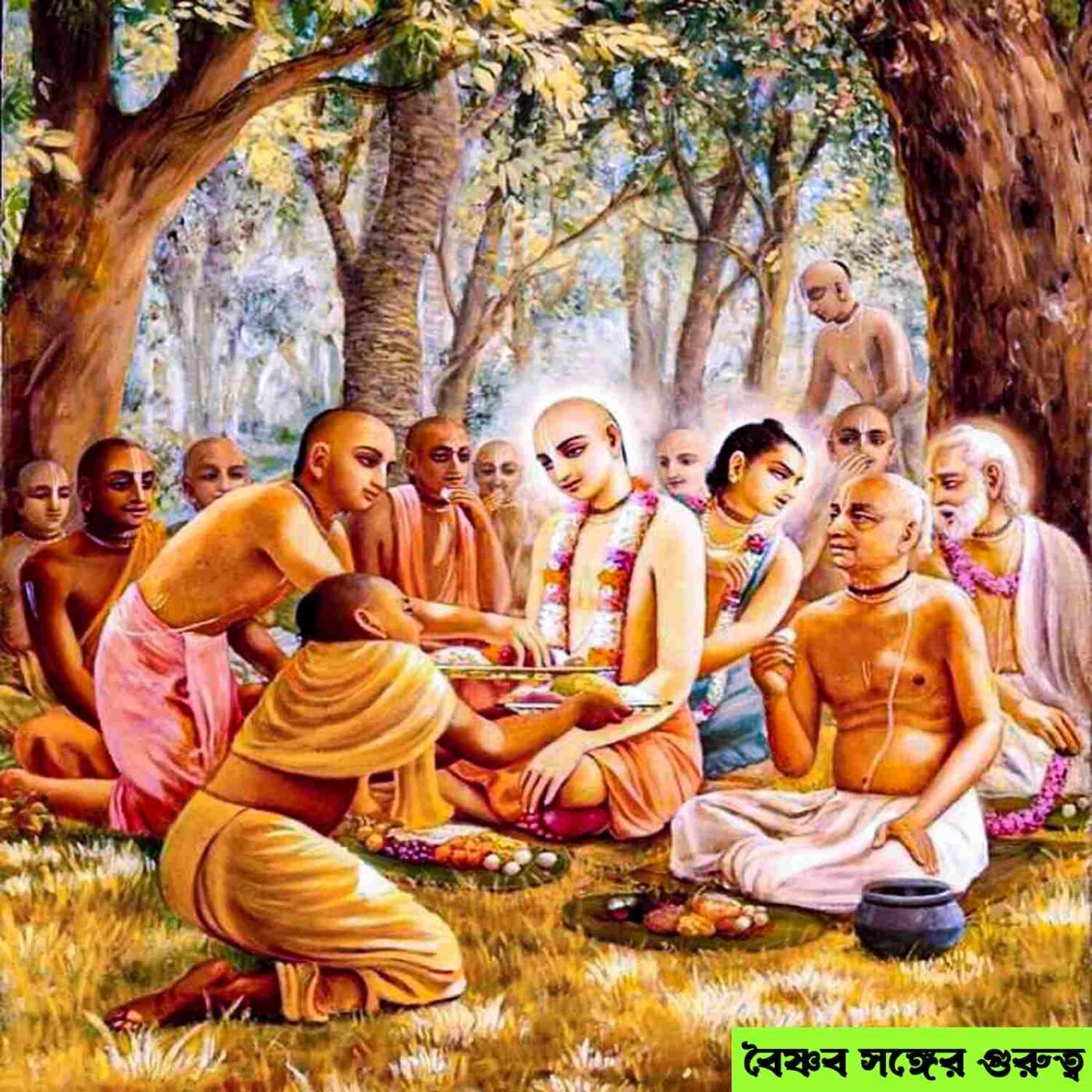
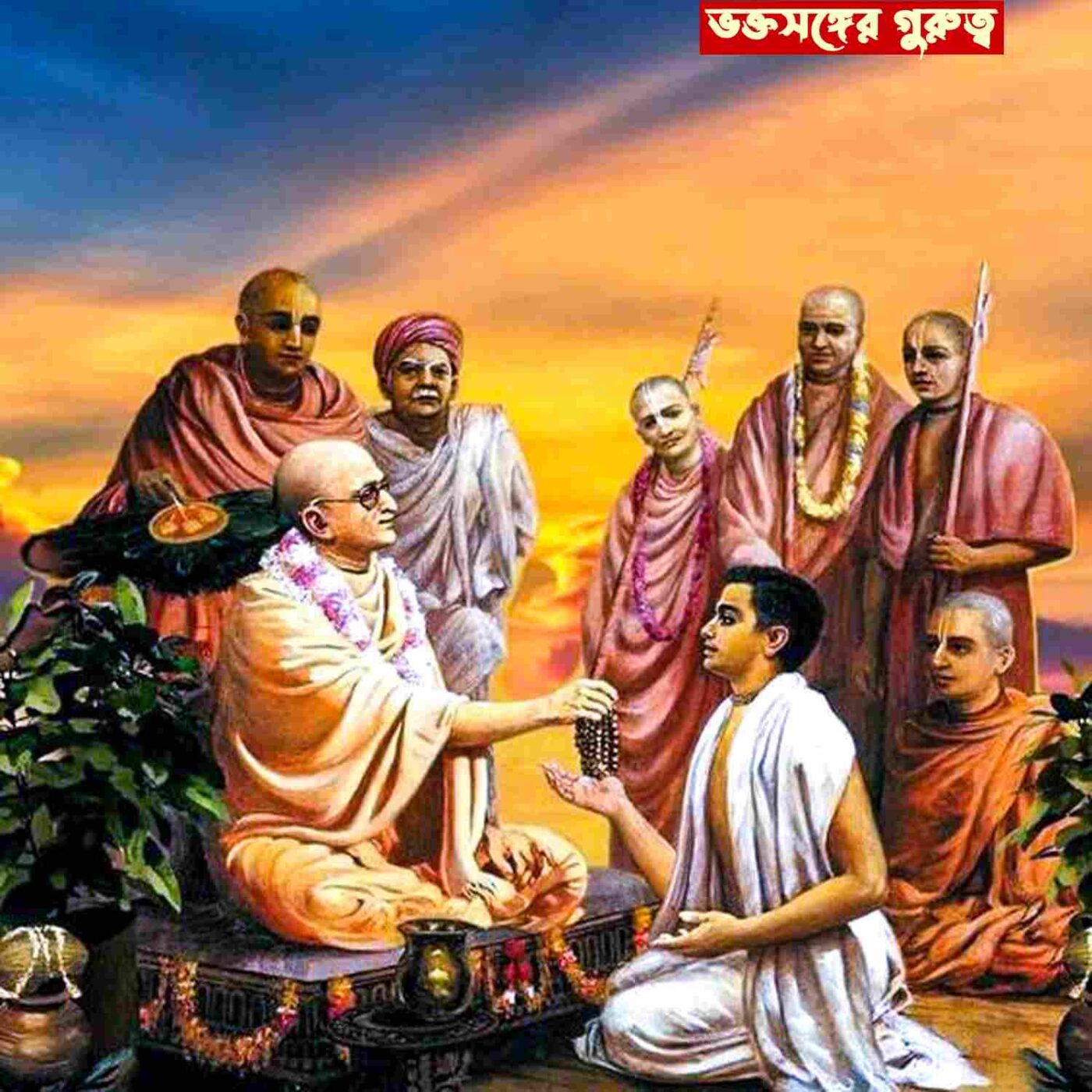
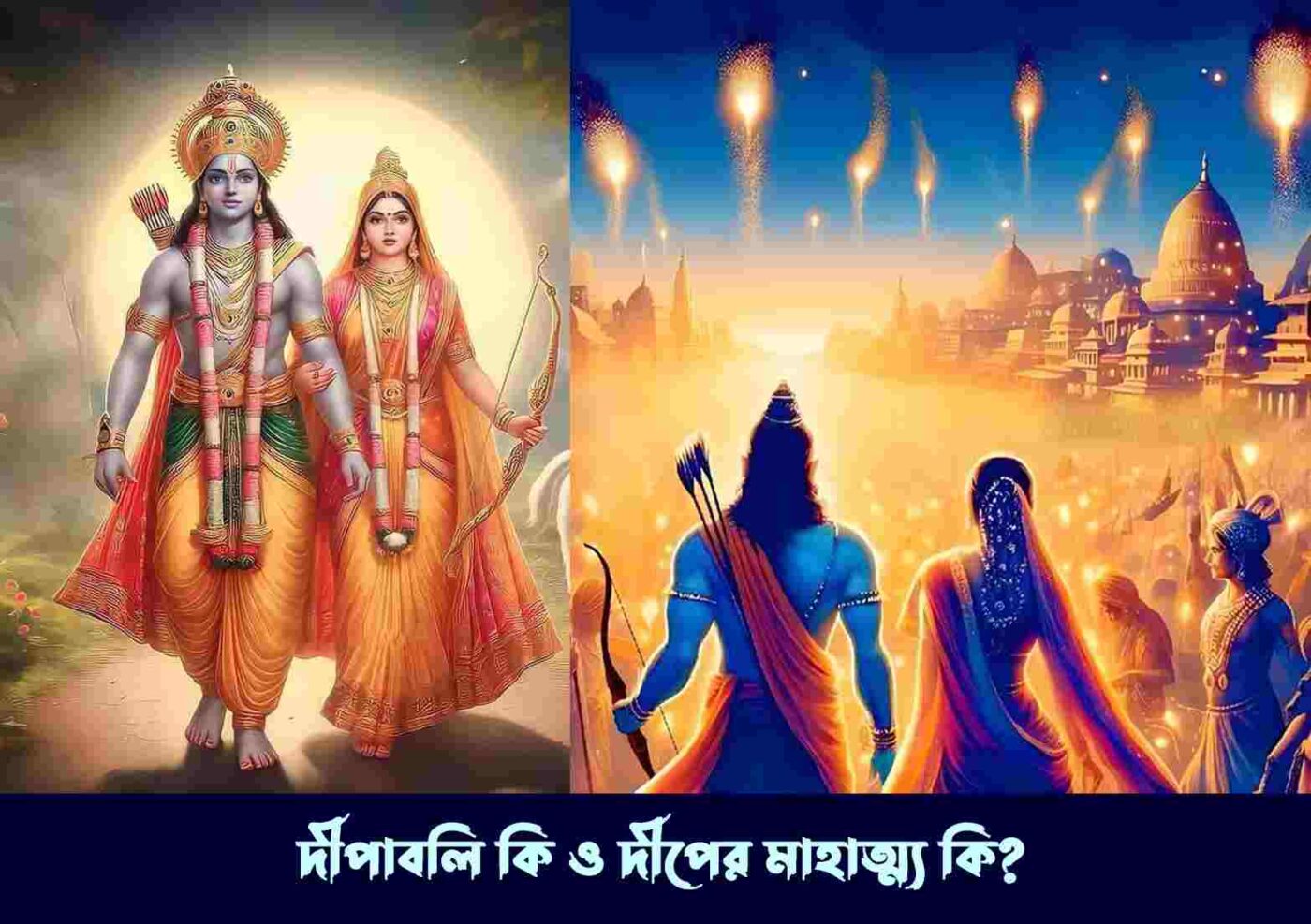
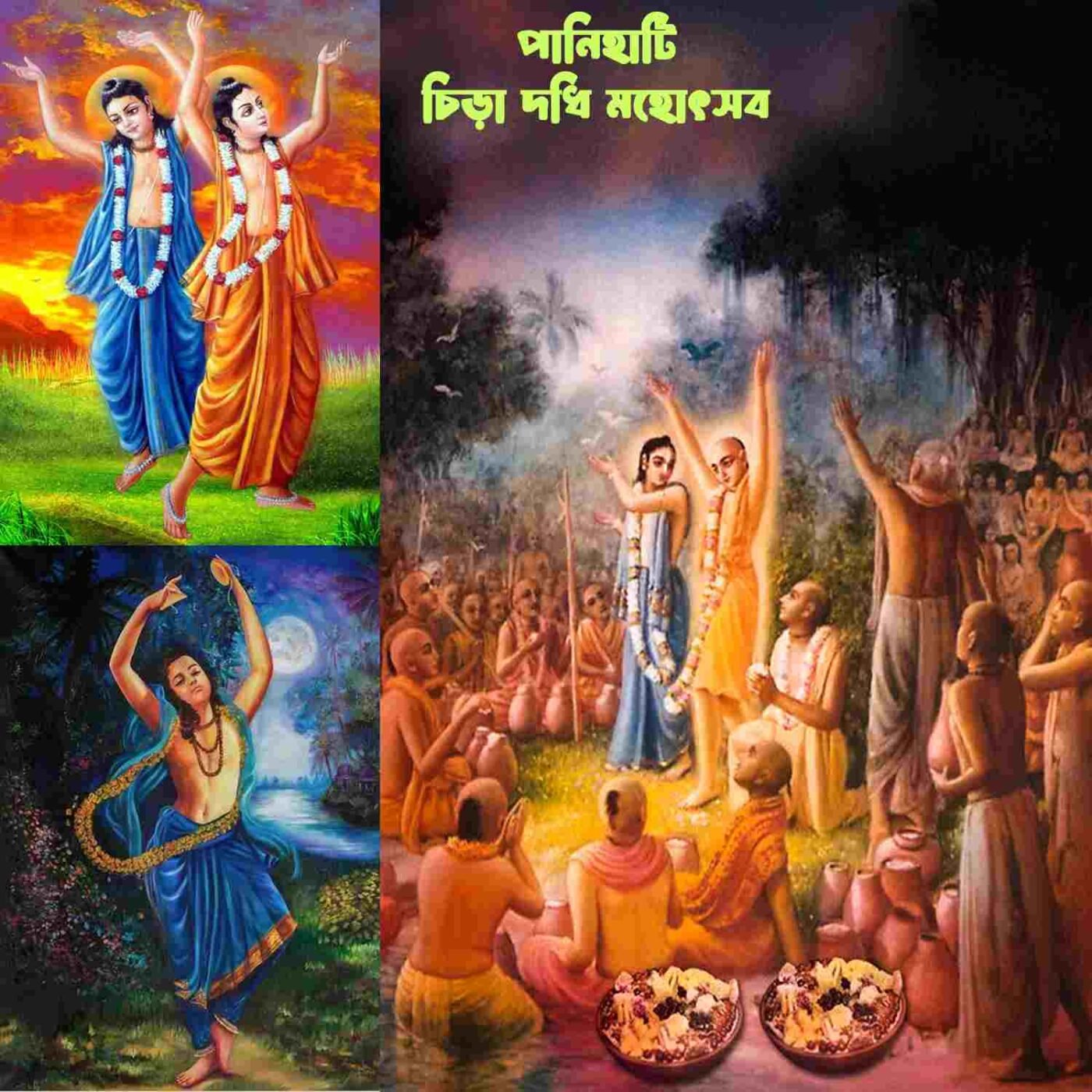
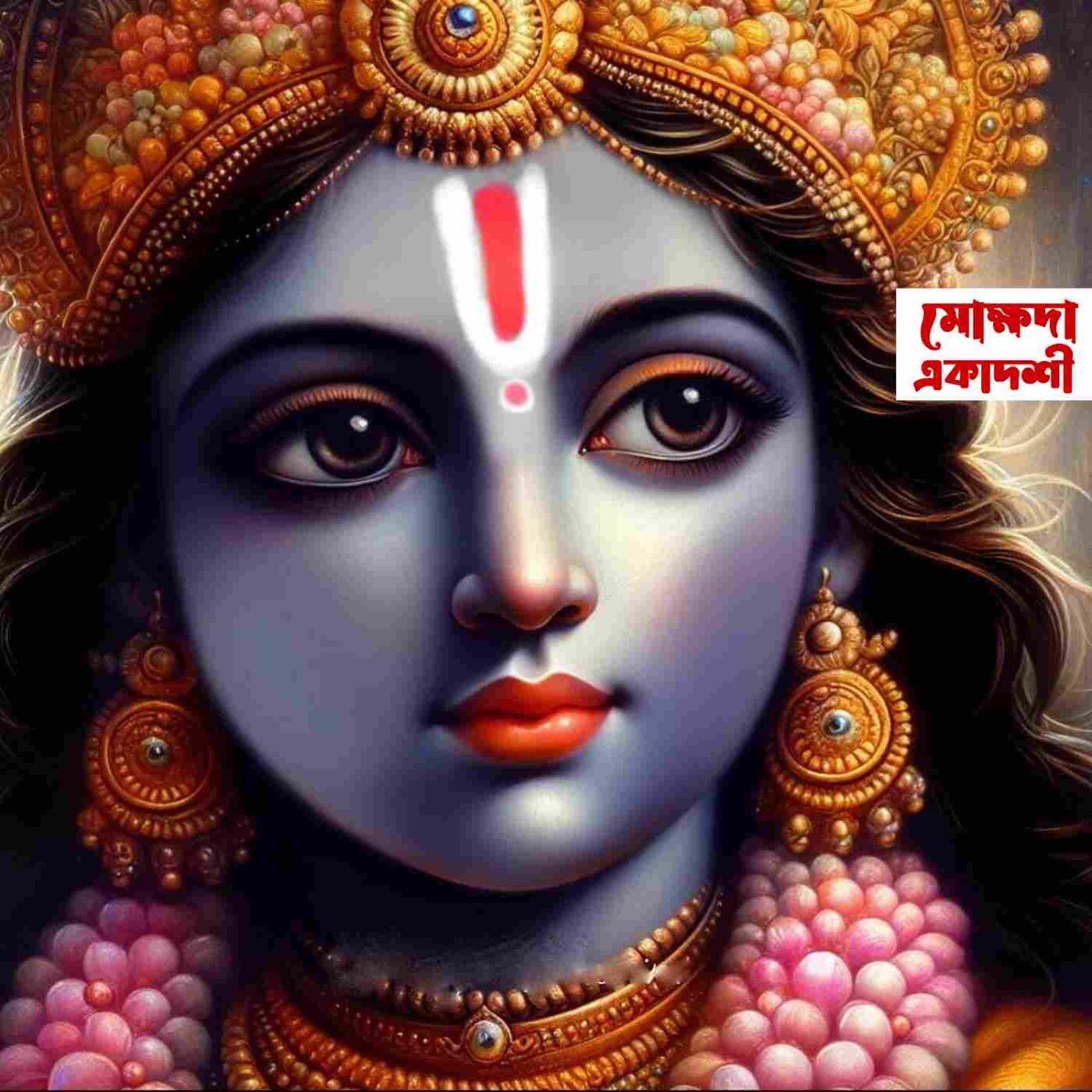
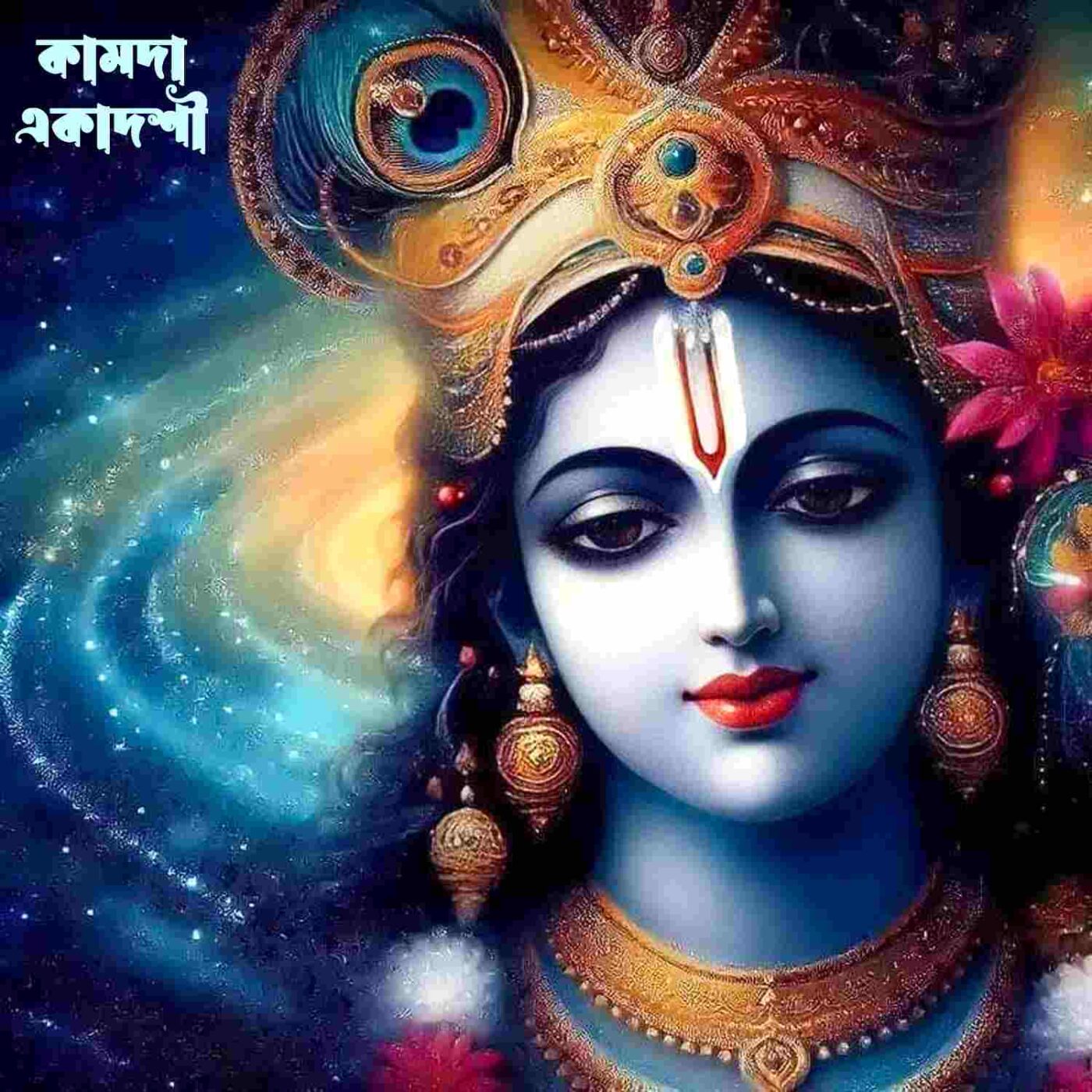
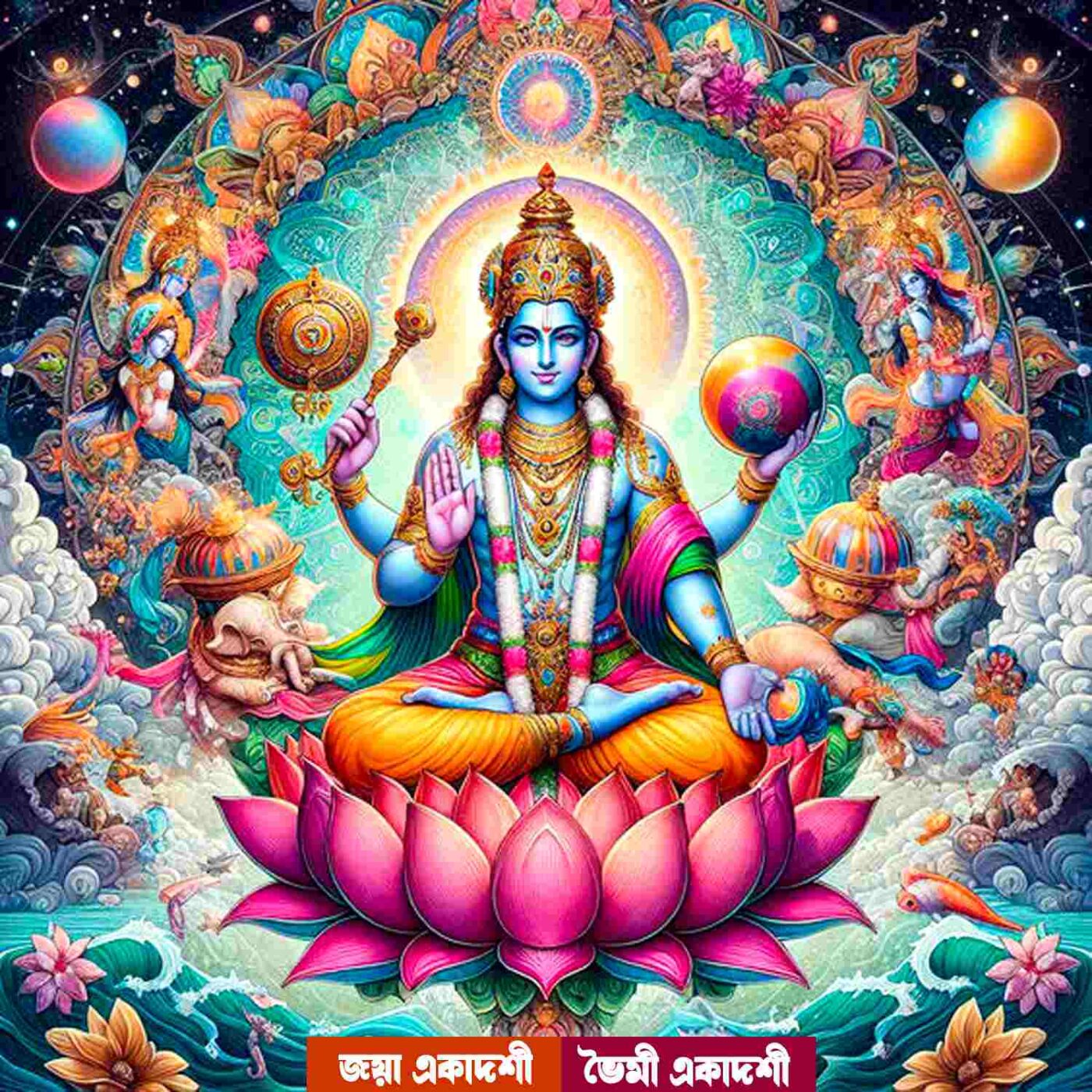
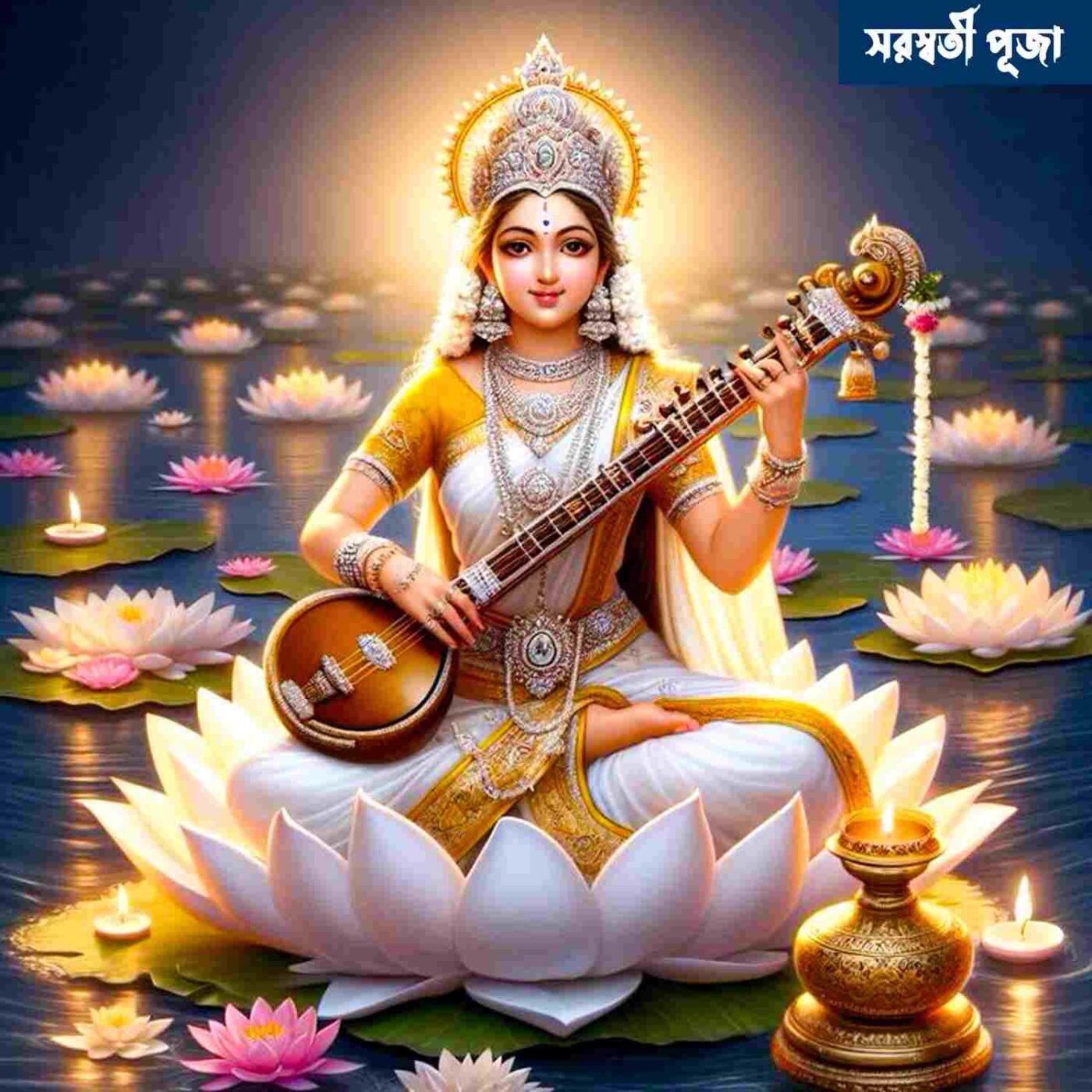
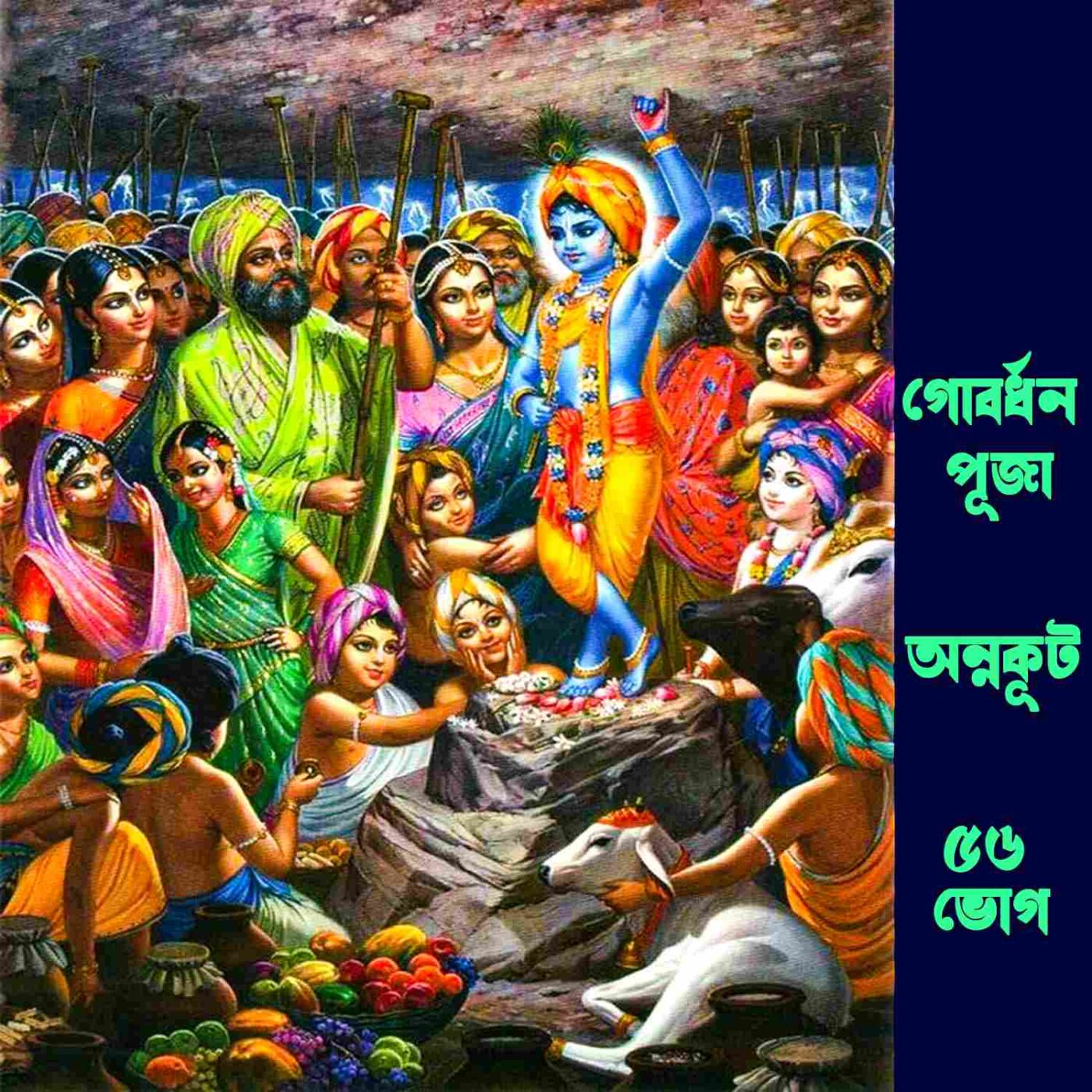
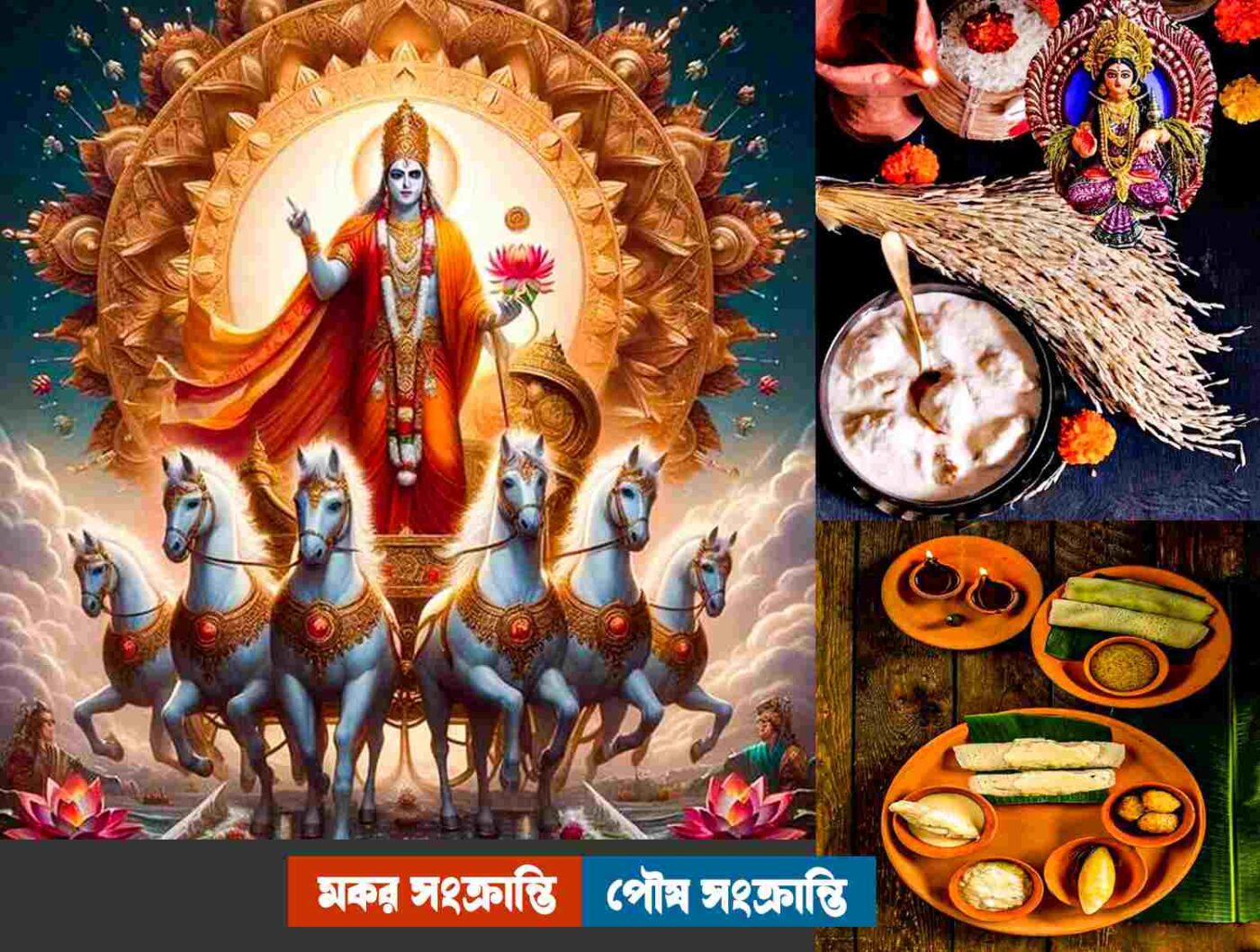
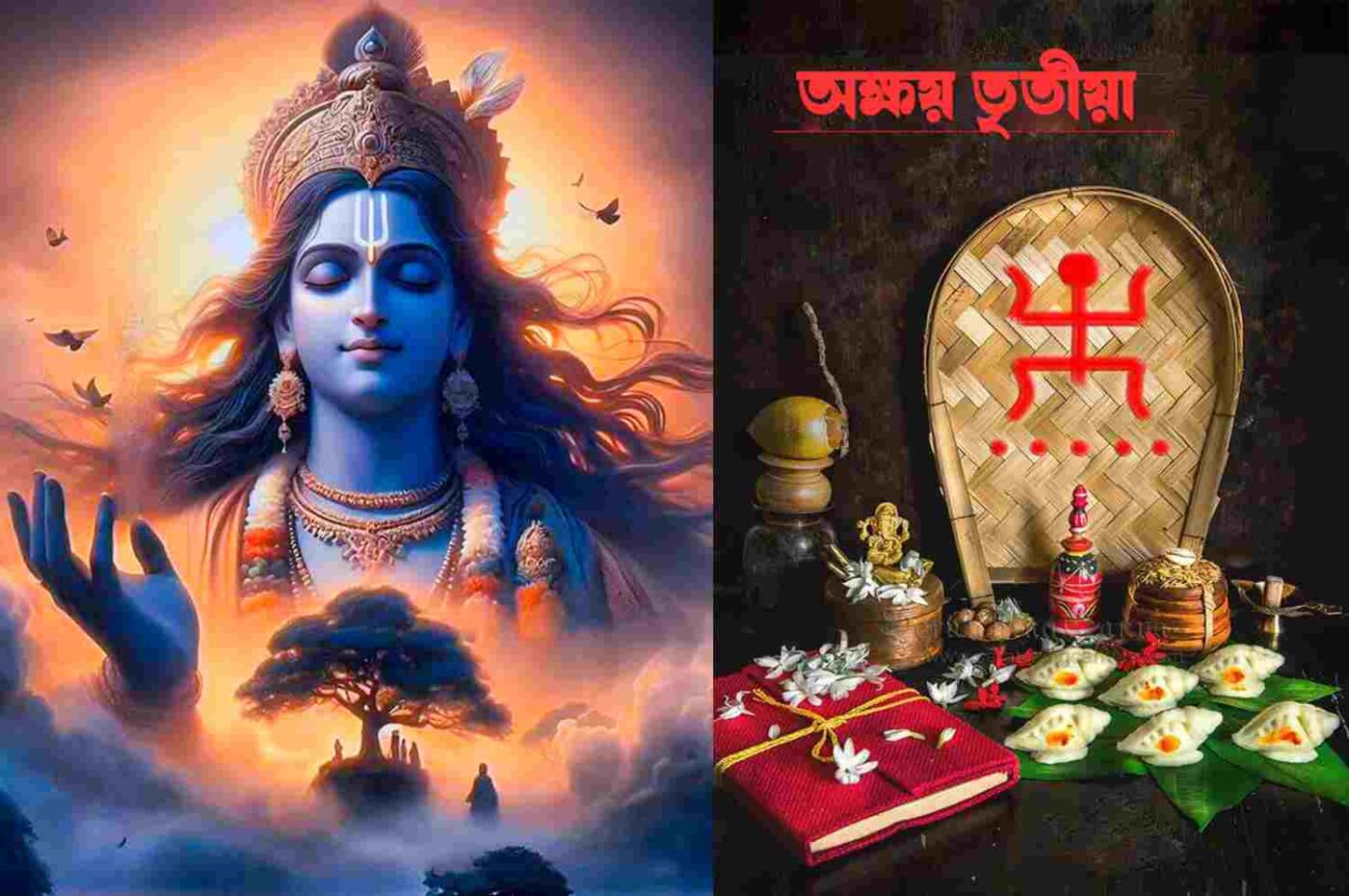
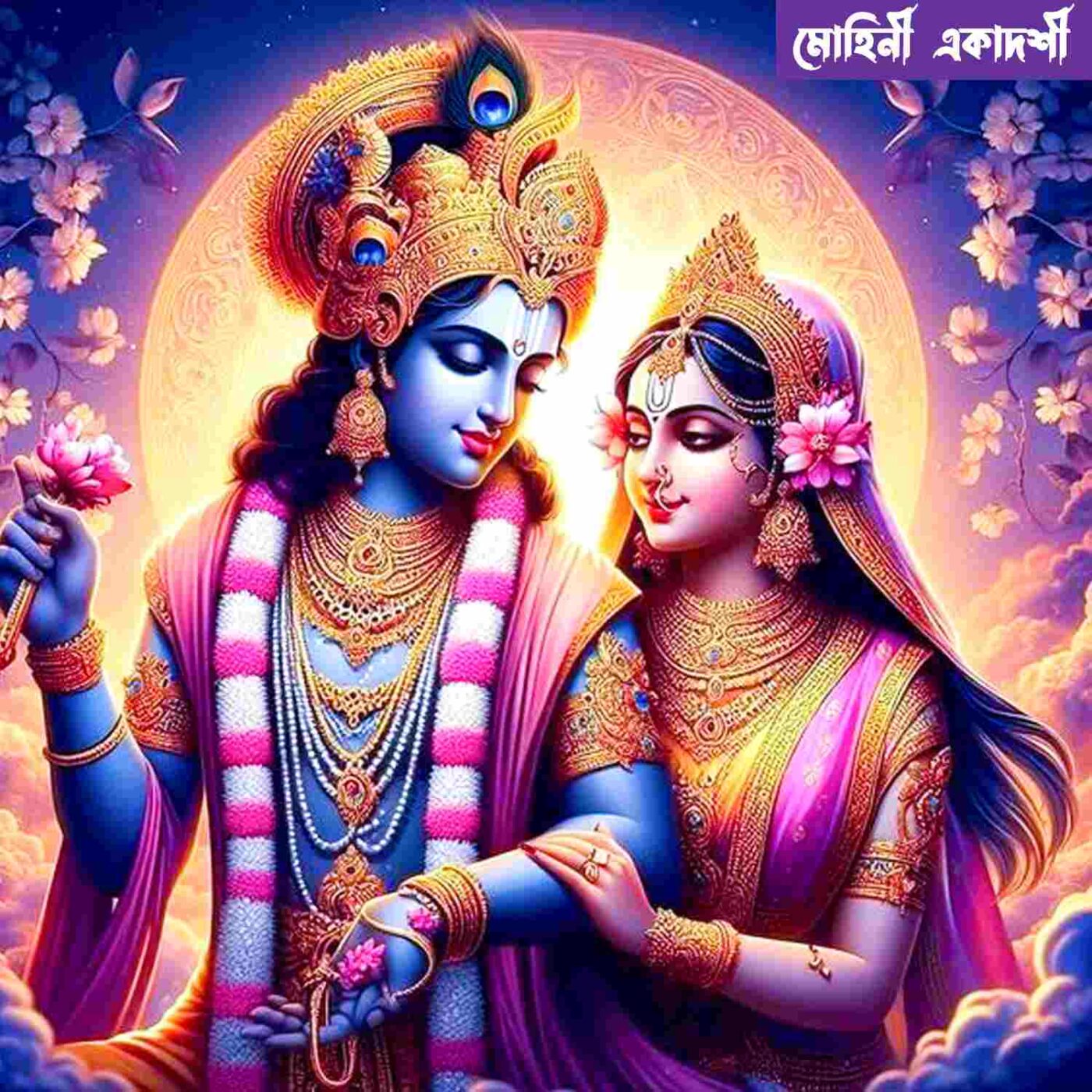
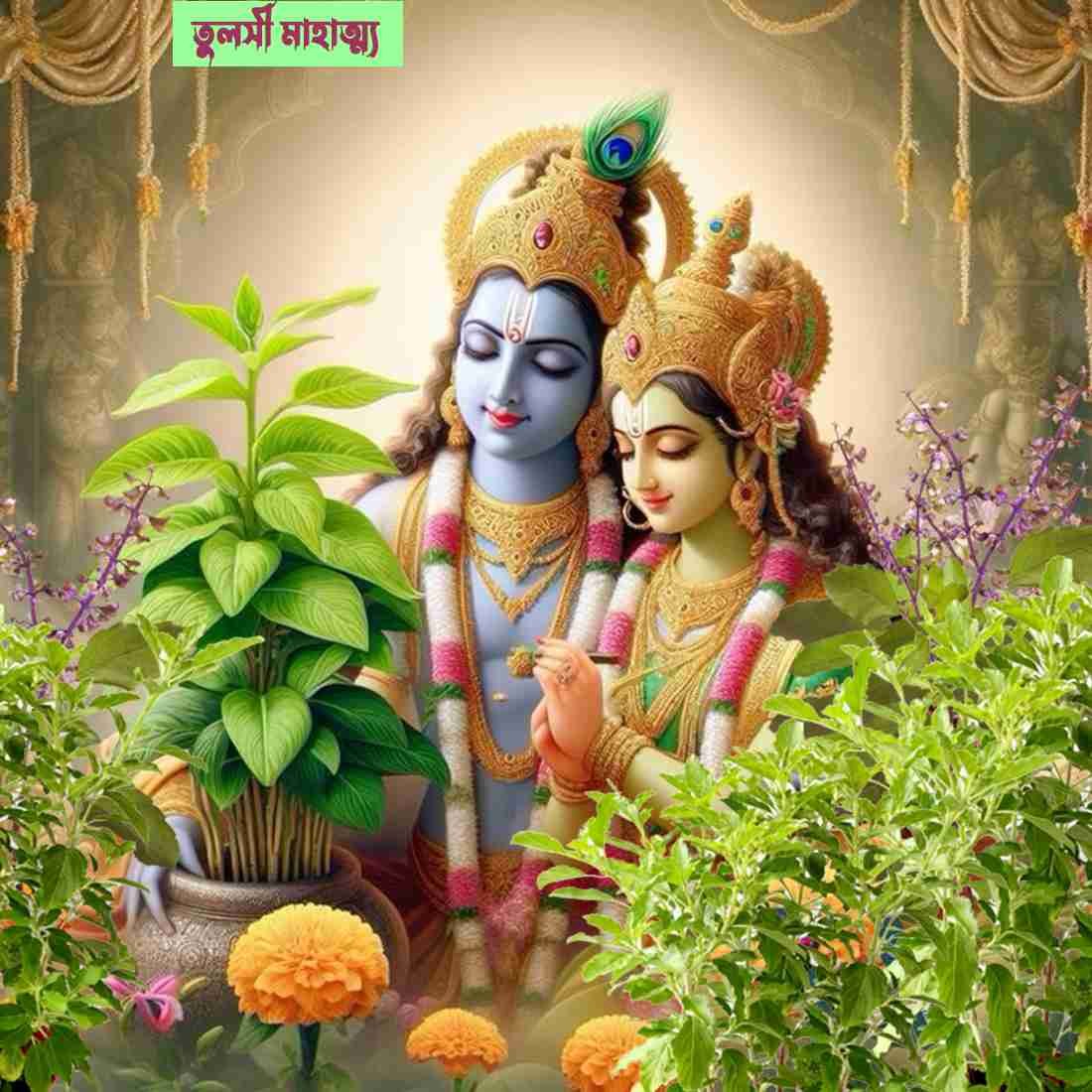
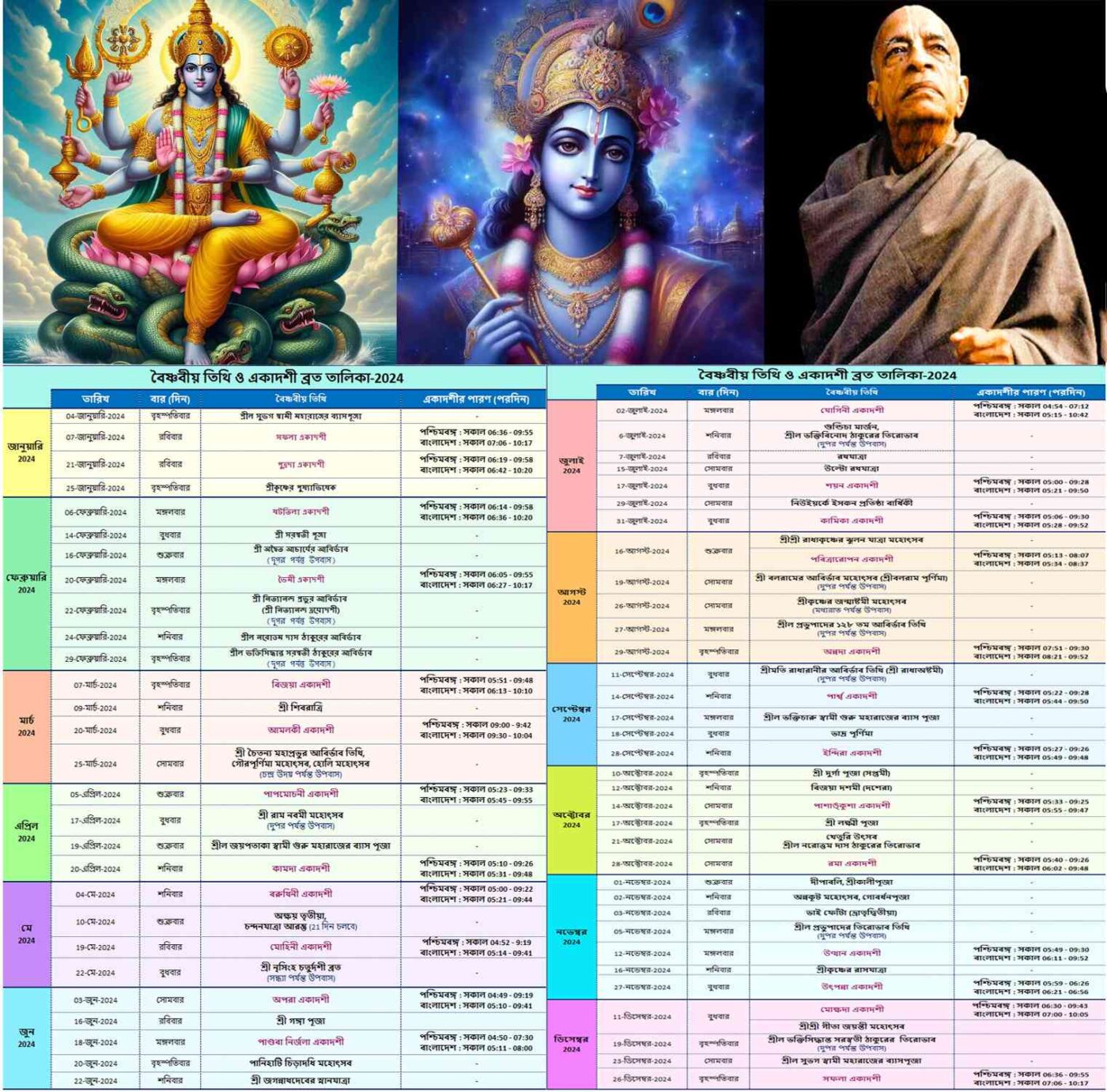

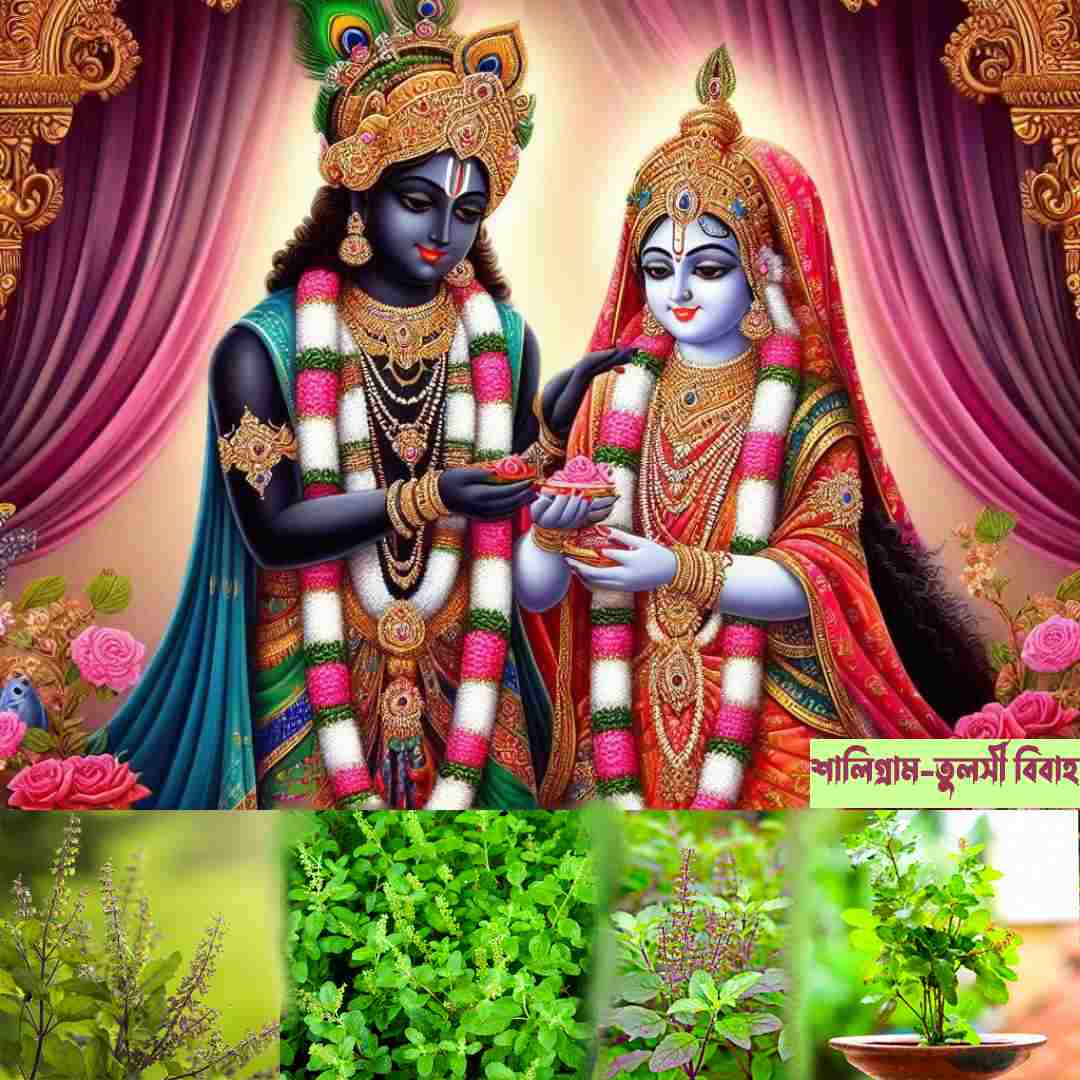
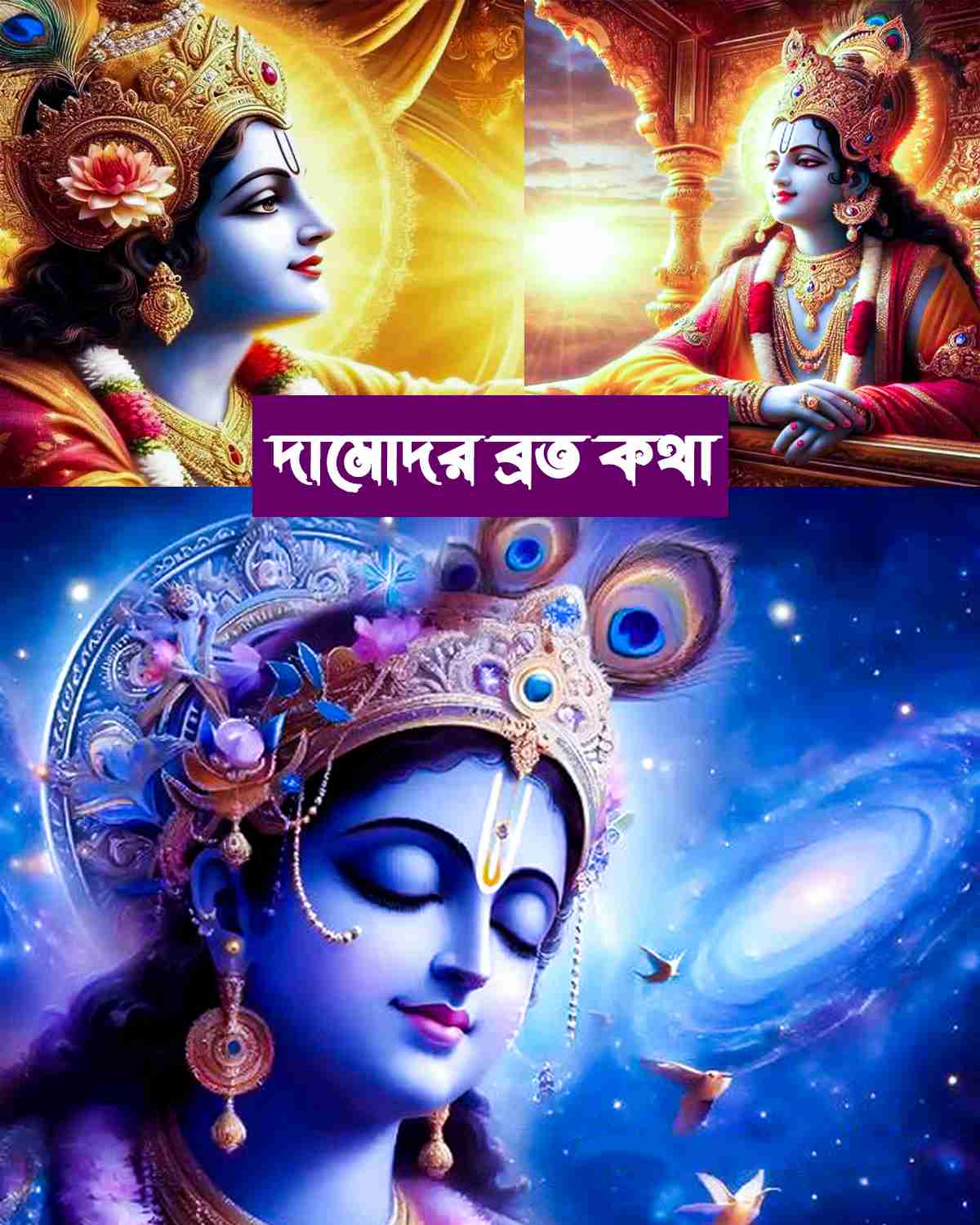




You must be logged in to post a comment.